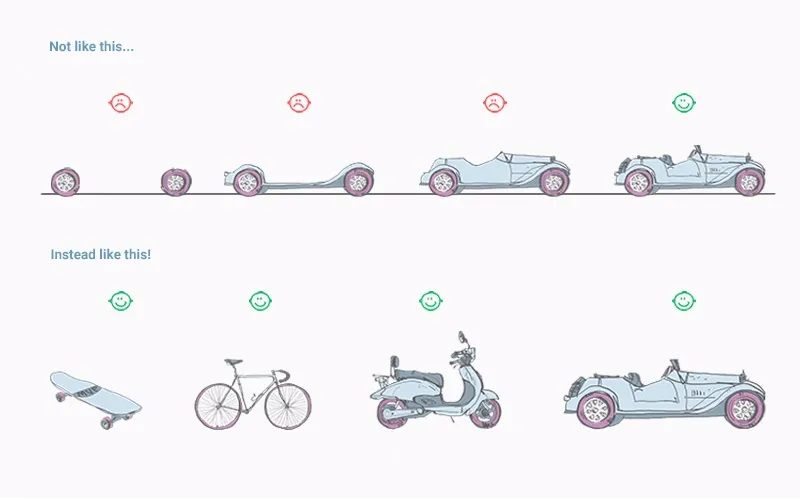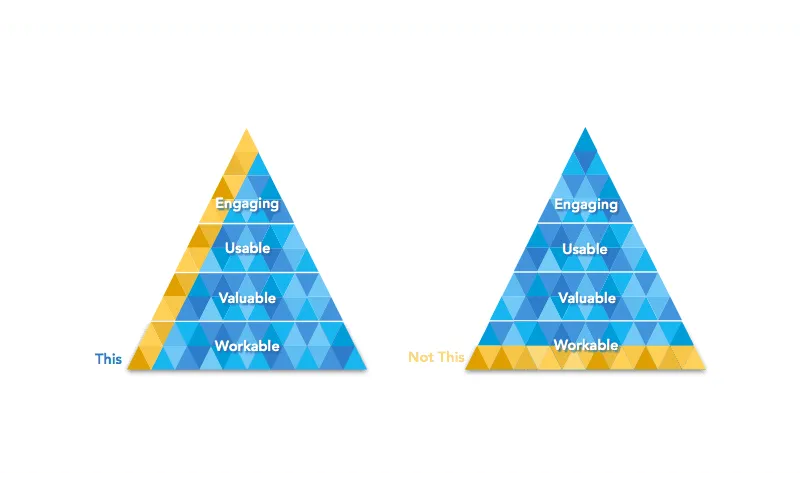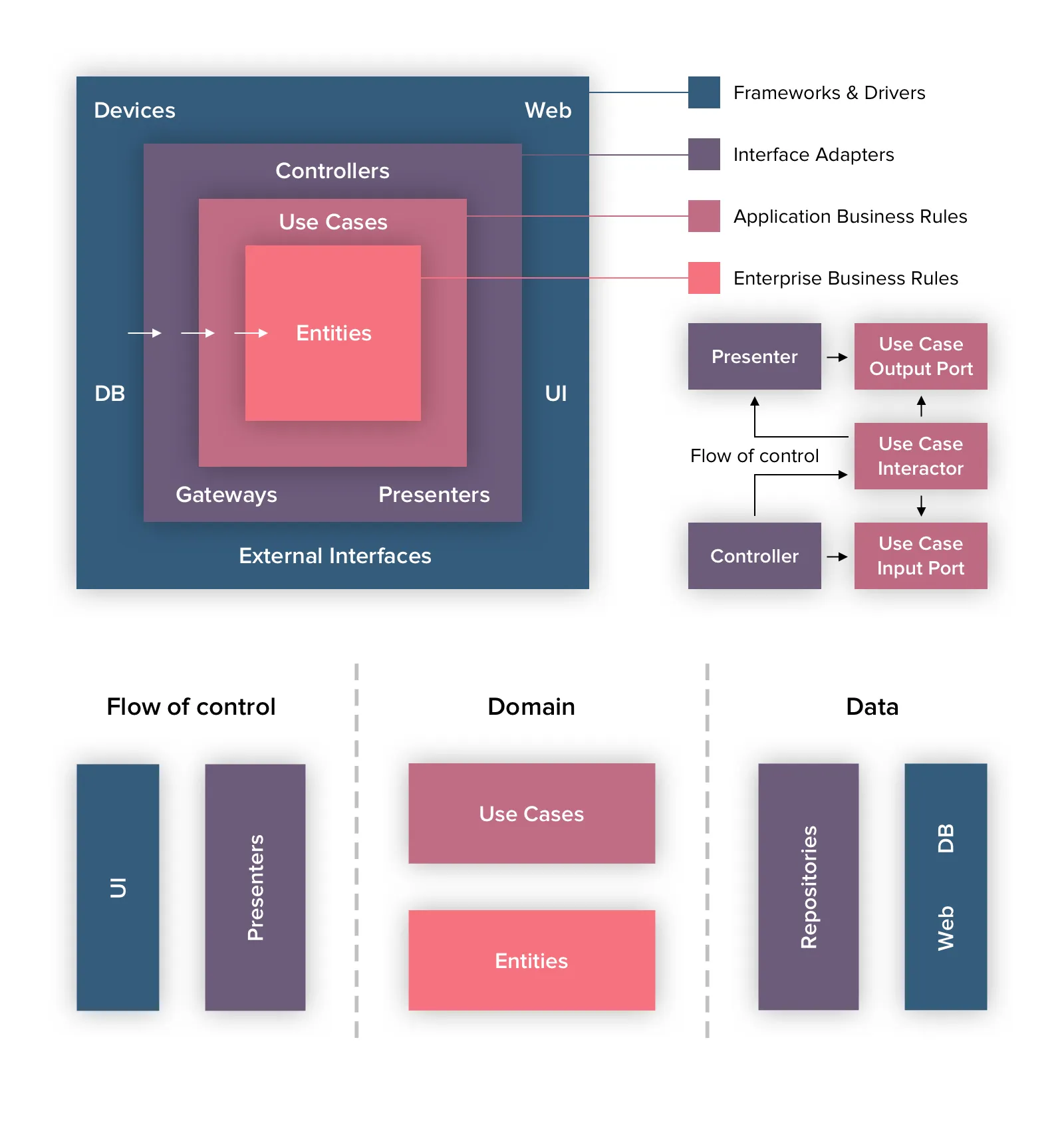What is the use of a Minimum Viable Product (Infographic)
Updated 03 Sep 2023
8 Min
8181 Views
Let's face the truth creating a mobile application or a website from scratch is rather risky. If you are building an application, no matter mobile or web, to make profit out of it, then your first objective is to find out what consumers are willing to pay for. You never know whether your product will satisfy your customers and meet your business needs. The best way to know is to let your product flow freely as soon as possible. Early launch of the product requires the set of functions and features that solve the problem well enough that someone is ready to use it. This is known as MVP. Let's dive deeper and learn more about it.
Concept of MVP for startups
So what is an MVP? MVP stands for a minimum viable product. According to Lean Startup principles, MVP would be a promising starting point. Minimum viable product is aimed to solve customer's problems with very basic design and functional features. The point of successful MVP building is to keep the balance between usability and efficiency. Your main objective is to create an app that shows it's potential and is able to provide significant benefits to it's users so that they could keep it long enough on their devices. MVP will allow you to improve the way application looks and feels through updates. Early adopters' feedback is really helpful in building the final full-featured product and for adding more features. The approach of MVP building allows your business campaign to minimize development time and costs and maximize learning pool.
Numerous successful startups began their winning way from building MVPs. Dropbox, Twitter, Groupon and many more are among them. Each of them had different ways of representing their product or service to public. Dropbox's MVP, for example, was introduced to the audience in the form of a video that showed how to use an app. And it worked! They acquired more than 75,000 email signups and used those potential customers to get real feedback.
So, having created an MVP and released it to the public judgement, you will definitely get one of the two outcomes:
- Your product succeeds, customers love the functionality, looks and benefits they get using your product.2. You don't see the positive reaction, no sufficient traffic or sales, or whatever metrics you have expected to get.
If you are lucky to experience the first outcome, then you can move forward following your business strategy, adding functionality to your software and solving more customers problems and needs. On the other hand, if your MVP fails it's time to feel happy that you have made the right decision of creating MVP solution rather than having invested a lot of money and time in a fully functional product. As to software development putting all eggs in one basket may turn into failure strategy. Moreover, out of MVP failure, the entrepreneur can make right conclusions: to learn from previous mistakes and make changes into the product that will meet customers needs.
So let's derive the main objectives of MVP creating:
- Testing hypotheses about the product with minimal expenses
- Fast obtaining the information required to create solutions
- Development time saving
- Fast delivery of products, which solve at least one early adopter problem
Product MVP development process
The first step of creating MVP is to define must-have features of your product that will bring value of it. In order to sort out core functionality you need to specify:
- Product target audience. Do not develop a product to please the mainstream audience if they don't like the product, you will get the wrong feedback. Find the target group, instead, with a specific problem and offer them the early version.
- The problem, which your product solves. It is unacceptable to develop solutions without defining the problem it solves. Knowing the problem you are trying to solve with the use of an app is the crucial stage of MVP development.
The proper market research helps to decide what features and design elements to include in the initial release. For example, creating a messaging app the core functionality is obvious chatting. So it has to be implemented in the MVP. Further features, like files exchange or profile editing can be implemented later. However, if you want your product to emphasis on the rapid files exchange, it should be present in MVP.

There are numerous of prioritization techniques to help you identify features of a stand-alone product, which will solve the core problem of intended users. One of them, for instance, is MoSCoW method. The essence of the method consists in dividing all features your app is meant to have, no matter large or small, into four groups: Must Have, Should Have, Could Have, Would like but Won't get. That turn on your critical thinking and think what is really a 'must have' versus a 'want'.
When the core functionality required for MVP development is determined, it's time to think about the design of your app or website. The widely held opinion that design isn't important in MVP is wrong. MVP has to have great design. From early stages, attractive appearance is the key to win users' attention and love. Disregarding unique and catching designs may leave your product unnoticed by users.
Design is closely related with the related to the product decisions taken at the stage of creating sketches the design possibilities are endless. However, these decisions may create certain limits for further development. All the improvements should fit the current design. Otherwise, every novelty will lead to redesign, which can turn into unrealizable plan.
While developing any software MVP, it happens that developers concentrate on minimalism. However, working product isn't enough it must be focused on the long-term success, otherwise, it's launch will be inexpedient. Such characteristics as workability, value, usability and visual appealing are as important in a minimum viable product as in a final product. Therefore, it is worth paying attention to each of the aspects while developing an MVP. All the more since flexible development methodology allows to choose an optimum way of development of the product and to delve into it's development.

Simply put, MVP development turns into so-called Build-Measure-Learn Loop. At it's core, this concept is based on customers feedback, gathered external information about your product. Based on feedback experiments, measuring results and extrapolating insights changes and additions are made to test their effect on users. The improvements that lead to more sales and better user experience are kept. The rest are disregarded.

Additionally, cloud platforms, like Amazon Web Services for example, can replace scalable server technology. When you appeal to DevOps consulting services you speeding up the time development process takes and reduce expenses on server hardware support and maintenance. Cloud platforms are also adopted as initial testers of a minimum viable product. But let's talk about it separately.
How to validate your MVP
Creating MVP you should always keep in mind it's two key objectives: first, getting in touch with your early adopters and having feedback to learn more about their needs. Second, leaving time and flexibility to continue developing and testing, so that by the time the product is ready for the market everything is perfect. There are a few basic methods that will help you to validate your minimum viable product efficiency.
Next, when you are ready to release MVP, seriously consider the launching of a landing page. Landing page is the first page your potential customer visits when he is ready to adopt your product. Here you have a great opportunity to let customers know more about the product and sign them up. Afterwards, you can collect visitors analytics with special tools. In addition, measure user's interest simply creating extra pages, with prices or conditions for example, and follow their clicks. A/B Testing (related to the Quality Assurance services) is widely used to estimate effectiveness of your landing page or blog content. And don't forget about call to action!
As it was mentioned MVP management depends significantly on public opinion, so customer validation process is very important. Do not neglect testing your hypotheses with actual customers. You can conduct early customer interview in various ways: in person, by blog, by email, etc, but try to be flexible to the customer's schedule. As for the questions to ask, try to make them open-ended, shot and unbiased. Let them talk, but be prepared to hear what you don't want to hear. Remember, the goal is an early stage learning, not a sale. The same goal can be reached applying blogs as validator of your product MVP viability. Blogging platforms with the correct approach can provide support or disapproval of new founder's ideas from a community of followers.
If you want your product to get noticed, there are many possible ways starting with advertising campaigns to fundraising. The latter, by the way, is extremely effective. There are various platforms for running MVP tests, like Kickstarter and ProductHunt. These websites collect MVPs and the market response is judged by the interest people. Moreover, featuring on such platforms gives you access to a group of highly-interested adopters.
How to personalize your digital product and engage more users to it? Check our article about personalization app to discover more!
Admit that in some meaning MVP building creates additional work, as well as this early stage learning demands significant time and energy investment. That's why it is important to conduct proper research and choose sufficient verification tools. Creating MVP requests foremost careful and thoughtful preparation.
After all, the main objective of minimum viable product building is to learn whether it is worth all the efforts, time and money to produce the product and whether users will find the it useful or want to pay for it. The most important lesson to be taken away here is to bring thoughts together and eventually build an MVP.

Evgeniy Altynpara is a CTO and member of the Forbes Councils’ community of tech professionals. He is an expert in software development and technological entrepreneurship and has 10+years of experience in digital transformation consulting in Healthcare, FinTech, Supply Chain and Logistics
Give us your impressions about this article
Give us your impressions about this article
